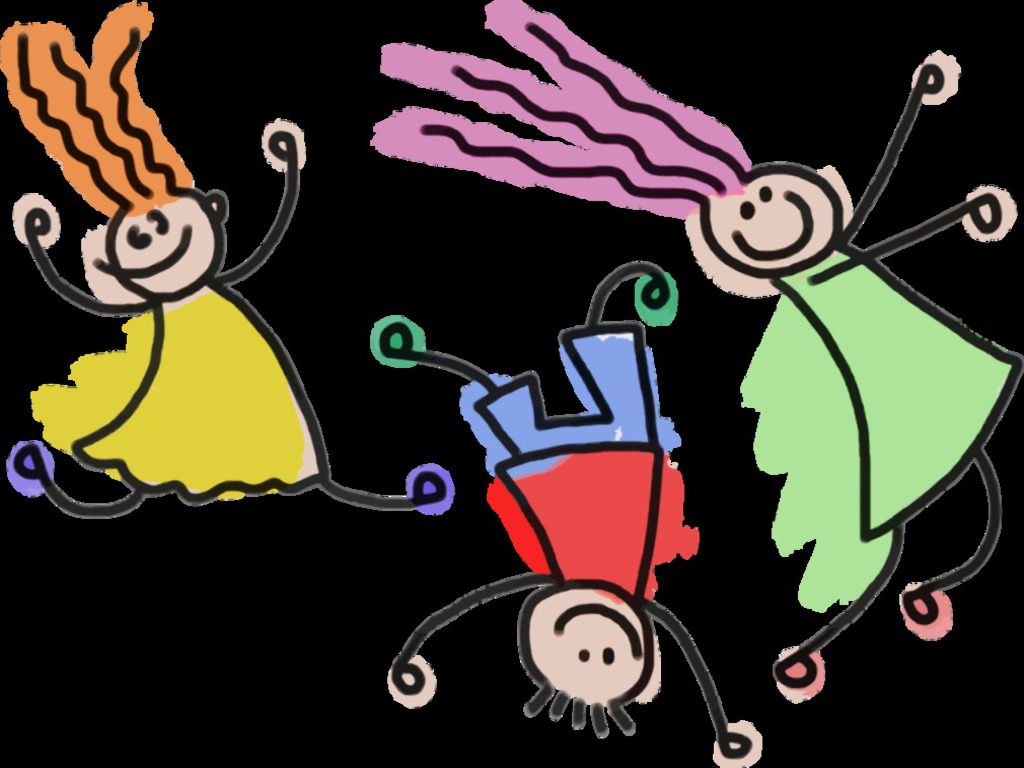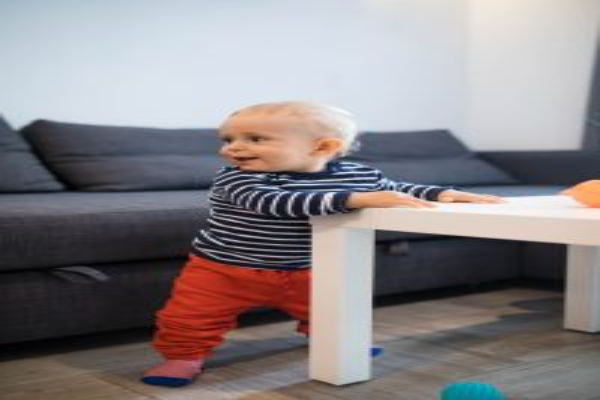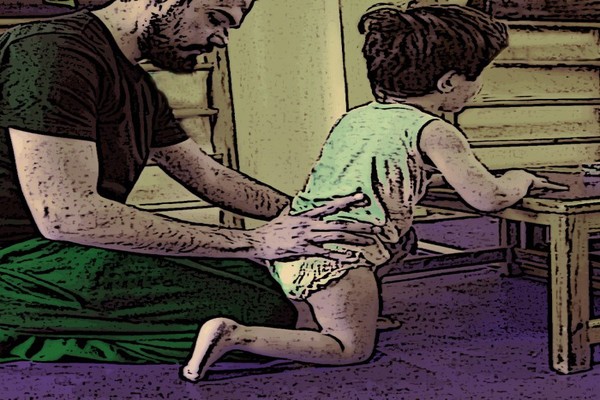6 Things Parents Should Know About Core Stability and the Development of Movement

1. Core stability is not created by muscle strength.
New research over the past 20 years has taught us that core stability is not equal to the strength of stomach or back or hip muscles. Because we now understand that core stability has as much to do with the brain as it has to do with the muscles, we no longer think of it as a strength issue.
2. Core stability is a little more complicated than we thought.
This same research has taught us that core stability has to do with groups of muscles (that’s the muscle part) and the order in which they work (that’s the brain part). Sometimes which muscles turn on depends on the direction we are moving but sometimes it doesn’t – this is where things get a little complicated. Fortunately, because we have a new understanding of how core stability works, we also have a new way to help children develop it.
3. Core stability works from the inside out.
There are inner core muscles and outer core muscles. The deep, inner core team works the same way each and every time, and it creates a stable center before we move. This preparation of a stable center is a very important piece of coordinated movement. The activity of the outer core muscles depends on this stable center.
4. Many children with sensory and motor challenges have difficulty with the creation of stability before they move.
Again, research tells us that children with different sensory and motor challenges (Cerebral Palsy, Autism, Developmental Coordination Disorder, Sensory Processing Disorder, low tone) have difficulty creating a stable center before they move. Old-style core strength/core exercise programs don’t work on this. Our new understanding explains why I’ve never seen activities like crunches or wheelbarrows truly help children improve their core stability and why it doesn’t carry over to functional skills like sitting in a chair, writing or running.
5. One of the most important core muscles is the breathing diaphragm.
Yep, it’s true. The breathing (or respiratory) diaphragm is a super important core muscle. If a child is completing any movement while they are holding their breath, they are not developing active core stability. And using breath holding for stability only works for a short period. Think about a child who can walk independently only as long as they are holding their breath; when they need to breathe, they fall or have to hold something for support.
The diaphragm sits under the lungs at the bottom of the rib cage. In order for the diaphragm to work best, we need to help children gain control of the position of their rib cage before and during movement – this is one important goal of a modern core program.
6. Core stability is powerful.
When we think about core stability we typically think about how it helps balance and gross motor skills. However, core stability also helps fine motor skills, emotional self-regulation, sensory processing, functional visual skills, coordination of movement, oral motor and motor speech skills.
we read it here : http://heartspacept.com
Πρόσφατα Άρθρα

From Baby’s First Steps to Walking on Their Own
Your Walking Questions, Answered
Walking is an important marker of healthy development for your baby—and an exciting new way for them to explore! Not only is it essential for physical de...

No Time for TV: Activities for Kids that Say “I’m bored”
Nasty weather can sometimes keep kids stuck inside. Being cooped up inside can be frustrating for kids and parents. Often children spend more time using screens like TV and tablets than they normal...

Φυσικοθεραπεία στην εγκεφαλική παράλυση
Εγκεφαλική παράλυση και κίνηση
Όλα τα παιδιά με εγκεφαλική παράλυση εξ’ορισμού παρουσιάζουν δυσκολίες στην αδρή κινητική λειτουργία, δηλαδή στην ικανότητα βάδισης και μετακίνησης. Μελέτε...
